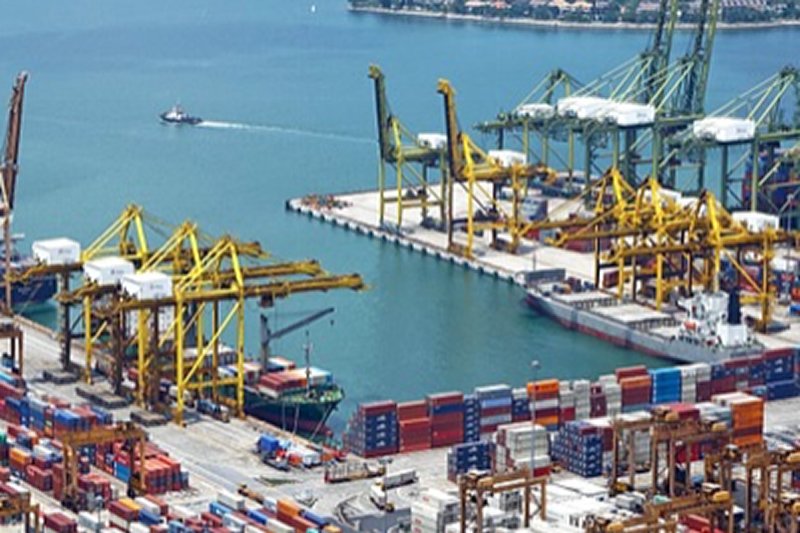
EC document targets "high risk" plants
Public consultation has been opened on a draft European Commission document, which sets out a provisional list of ‘high risk’ plants, plant products and other objects which may be temporarily prohibited from crossing into the EU from third world countries until a risk assessment has been carried out.
The move stems from a wider recognition that certain plants, plant products and other objects commonly brought into the EU as part of the plant trade, host pests which have been identified as having a major impact on plant species which are of major economic, social or environmental importance to Union member countries.
Under the proposed new legislation, the following plants in the list below would be prohibited pending assessment:
|
|
|
|
|
|
|
|
|
|
|
|
|
|
|
|
|
|
|
|
|
|
|
|
|
|
|
|
|
|
|
|
|
|
|
|
|
|
|
This list is extensive and reflects the wide range of plants which currently pass between third world countries and Europe as part of the worldwide trade in plants.
A risk assessment system is proposed by the legislation, which would be undertaken by the third world country wishing to export to the EU. This assessment would then be submitted to the European Food Safety Authority (EFSA), who will gauge the threat posed and make recommendations to the commission. At present, however, it is not known how long this risk assessment will take.
Three possible outcomes for plants identified as high risk (these plants are listed under Annex I) are outlined on the following page:
Outcome 1: Where the risk assessment concludes the plant, plant product or other object does not pose a risk, the specimen would be removed from Article 42 Annex 1 (prohibited list) and subject to the same rules as all the other plants, plant products and other objects not on Annex II (a list of plants which do not require a phytosanitary certificate). They would, however, require a basic phytosanitary certificate stating it was free from pest and diseases.
Outcome 2: Where the risk assessment concludes a plant, plant product or other object does pose a particularly high risk, the plant will be removed from the temporary list and added to a permanent list of prohibited items outlined in Article 40. This would be similar to the existing Annex 1 list of Directive 2000/29/EC
Outcome 3: Where the risk assessment concludes a plant, plant product or other object does pose a risk, but this risk could be mitigated if measures are implemented, potential mitigating measures such as ensuring material is imported with a phytosanitary certificate could be implemented. This would ensure all measures set out in the legislation would be complied with.
Whilst BALI members have acknowledged the need for robust measures to protect countries from new pests and disease, it is also recognised the profession has grown to rely on stock which is often transferred between non-EU and member countries, including third world countries.
If comments on this draft document will be used to shape future legislation, stakeholders are advised to seize the opportunity to voice their views.
Further reading
EU consultation home page: https://ec.europa.eu/info/law/better-regulation/initiatives/ares-2018-3819666_en
Feedback link: https://ec.europa.eu/info/law/better-regulation/initiatives/ares-2018-3819666/feedback/add_en?p_id=268651
Annex 1 list of Directive 2000/29/EC: https://eur-lex.europa.eu/legal-content/EN/TXT/PDF/?uri=CELEX:32000L0029&from=EN
